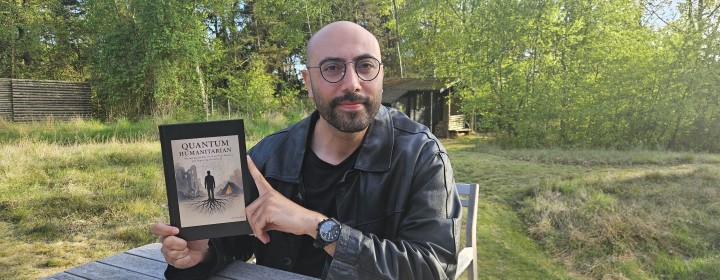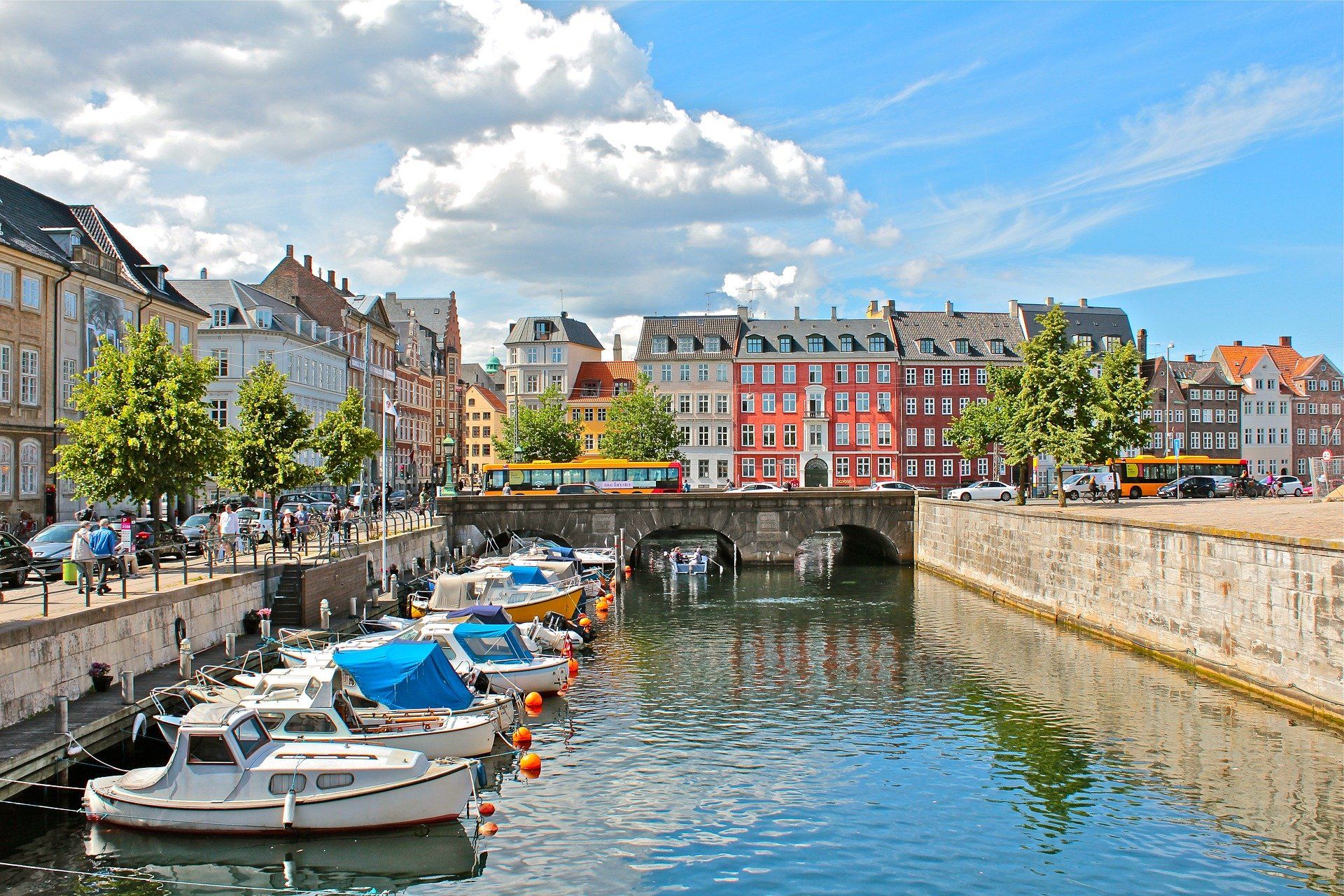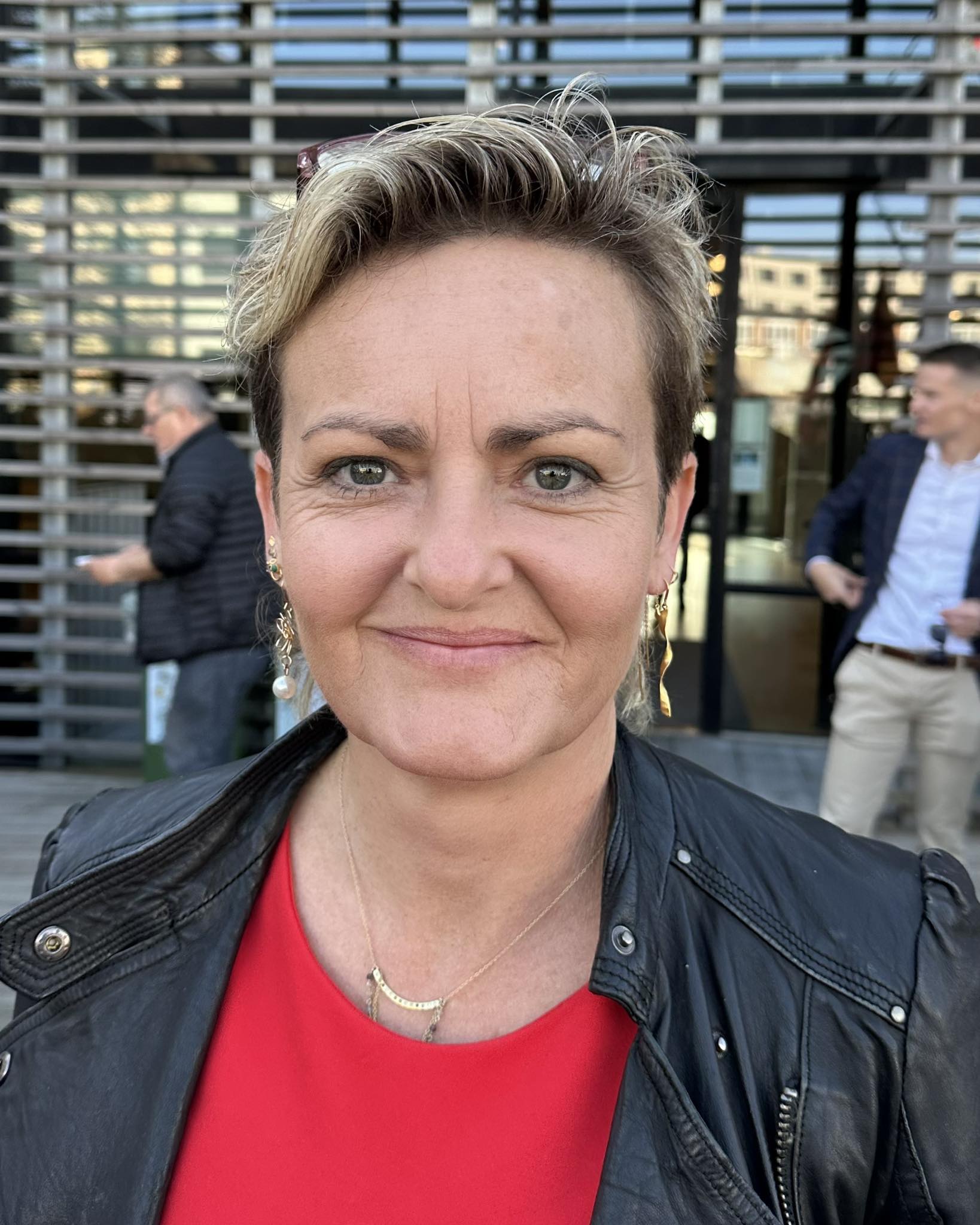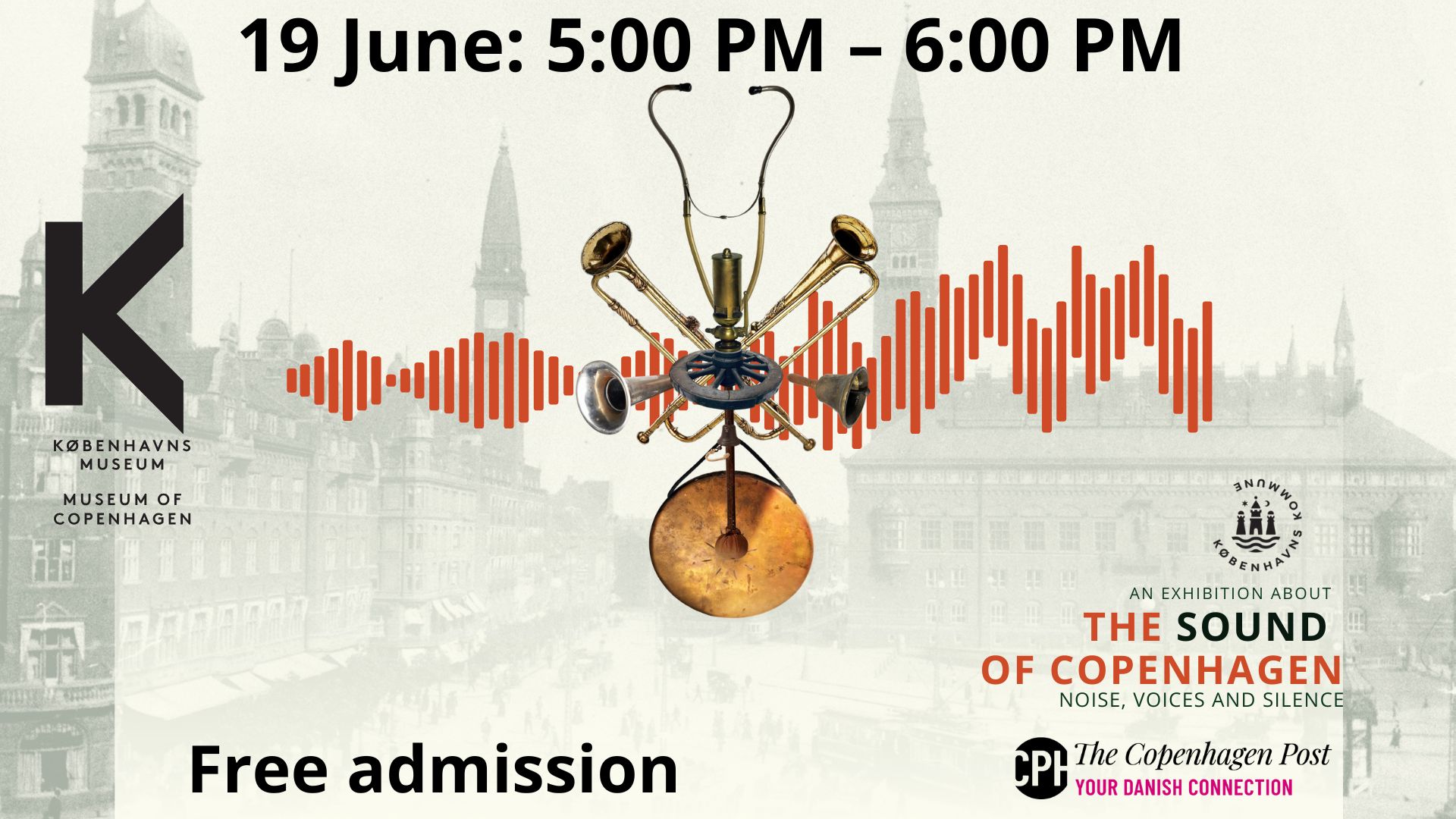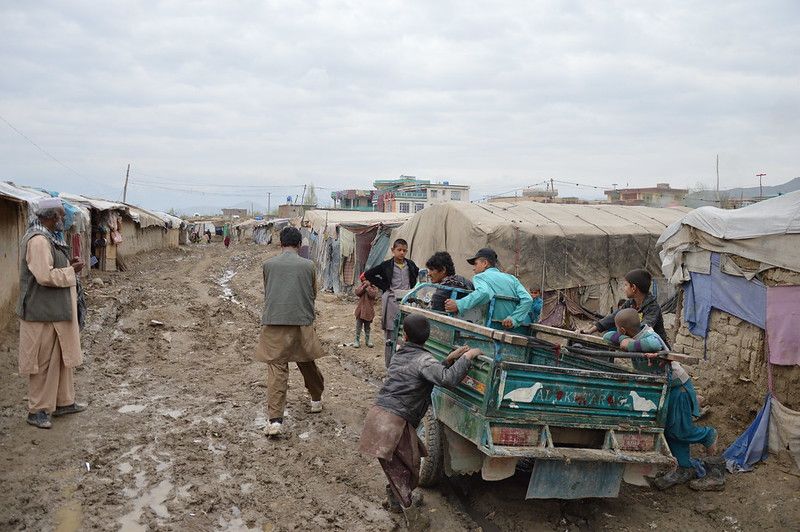The pointless surveys (see page 7 for the latest Donald Trump one) never stop, but occasionally one comes along packed with insight.
Analyse Danmark’s survey for online magazine Ugebrevet A4 asked Danes what they must be able to afford so they would not feel poor, and the answers are pretty revealing.
They expose the Danes as a pretty sensible nation, as very few opted for cigarettes, smartphones, gym membership, takeaways or having a TV – although that would have figured a lot higher before the advent of Netflix!
Instead, top of their priority list was three meals a day (82 percent), medicine (81) and dental care (79). Seasonal clothing, funds to buy presents and public transport usage all scored around 60 percent, while having the internet and a TV at home were selected by around a half.
READ MORE: https://cphpost.dk/news/three-meals-a-day-and-money-for-medicine-is-a-must-have-for-most-danes.html
Love going on holiday
Still, on the whole, most Danes don’t have these worries, and while few cited holidays as a must-have, an awful lot take them.
According to the online travel portal Expedia, 81 percent of Danes take off for at least four weeks of holiday travels every year – well above Sweden (64 percent) and Norway (66).
While the Swedes tend to prefer one long holiday, the Danes take significantly more long weekend breaks, with 66 percent saying they took at least one holiday trip every one to six months.
READ MORE: https://cphpost.dk/news/danes-are-scandinavian-champs-at-going-on-holidays.html
Safe in the hood
It’s not like the Danes don’t like it at home, though. Some 89.1 percent feel safe in their community, according to Politiets Tryghedsindeks survey.
Even in the vulnerable neighbourhoods, the so-called ghetto areas, 72.4 percent feel safe, while Bornholm topped the regional rankings with 96.7.
And while 81.1 percent of Danes have confidence in the police, only 17.6 percent do not trust them.
READ MORE: https://cphpost.dk/news/majority-of-danes-feels-safe-in-their-community.html
Seldom strangers
There’s a growing feeling that we might need them more in the future as the number of violent assaults is steadily increasing, according to Danmarks Statistik – most significantly in Copenhagen.
In the last four years, the number of assaults in the capital has risen by 72 percent (from 634 a year to 1,091), while the number of aggravated assaults rose 67 percent to 304.
Experts caution that the rise is due to more reports than in the past. For example, all violent attacks on public employees must now be reported, which was not always the case. In Copenhagen alone, assaults on public employees rose from 286 to 627.
Men are twice more likely to fall victim to violent crimes than women, most victims are aged 15-49, nearly half of the attacks take place during night hours at the weekends, and only a quarter of the attacks are carried out by a stranger.
More kms = more deaths
With traffic accidents, it always tends to be a stranger, unless you’re Keith Moon’s bodyguard. Fatalities increased from 178 to 208 in 2016 – the first time since 2011 that the annual number has exceeded
200.
Economists attributed the rise to the better financial situation of most Danes, who tend to drive more kilometres, thus increasing the risk.
A silver lining could also be found in the 2015 ESPAD Report, which reveals that Danish teens aged 15-16 are more often intoxicated than their European peers.
Some 32 percent had been intoxicated at least once over the past month, compared to a European average of 13 percent. However, their use of cannabis was 4 percentage points lower than the norm.
Better behaved
But while today’s teens like a drink, they are committing fewer crimes. The number of convictions among 15 to 19-year-olds has fallen by 46 percent over the last 10 years, while the 10 to 14-year-old rate has also almost halved, according to Danmarks Statistik.
In general, the number of registered crimes fell by 4 percent in 2015, and every fourth person arrested was a non-resident.


